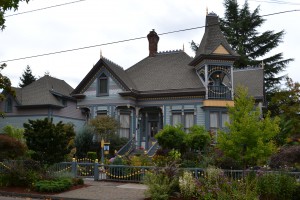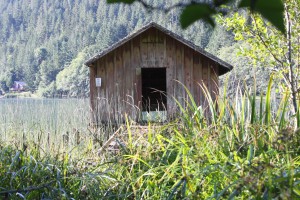
My name is Arianna and I grew up in omnisciently sunny Phoenix, Arizona. As such, I spent a good deal of time reading indoors and developed a curiosity for the world, its history, and the built environment. During my tenure there, I resented being raised in the suburbs; in what seemed like endless beige housing developments, beige shopping centers, and beige mountains. Upon graduation from high school I left Arizona in a huff, and went to nearly equally sunny and slightly less beige San Jose, California, where I attended Santa Clara University. There was never any question that I would major in history, though some unexpected things met me in college. I minored in studio art, which had a hobby and passion of mine over the years, but never a discipline. I was also able to study abroad in El Salvador, where I took social justice, and liberation theology courses, and lived in solidarity with the Salvadoran people. Upon graduation, I moved to San Francisco and got a job in the City’s Department of Public Works, where I learned nearly the entirety of my adult people skills, as my position was to take complaints and suggestions from the city’s passionate constituency. In the summer of 2014, I left DPW and received an offer from the Planning Department to intern for their historic preservation planning staff, which was timely, because my acceptance to Oregon had come several days before. My intern project was to prepare a historic context statement for the Bernal Heights neighborhood. After googling “historic context statement” and working diligently through the summer, I presented my document to the entire planning department at the end of August.
And one week later I found myself face down on the ground, making a decision to not look under the neglected floorboards of a 1910’s cabin in a remote valley in the easternmost part of Idaho. Before I knew it, the small idea of historic preservation that I had when I was nineteen had become my entire life, and now my trajectory into the future!



